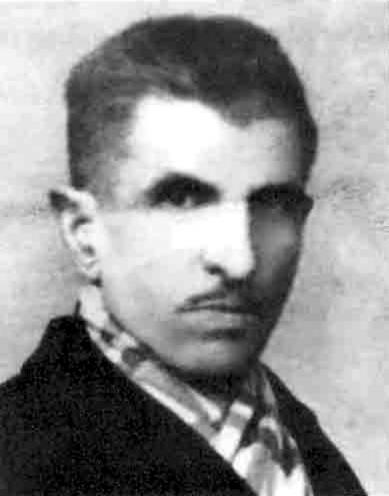A short biography of Italian anarchist militant Ettore Bonometti, who helped found the anarcho-syndicalist union the USI.

Ettore Bonometti
Born 22 December - Brescia, Italy, died 1961 - Brescia, Italy
Son of Giovanni and Emilia Pasinetti. Born December 22 1872 at Brescia. His working class family had subversive ideas, and he became involved in the anarchist movement in 1890, joining the anarchist-revolutionary circle La Rivolta. In March 1892 he was sent to prison where he sang anarchist songs and expressed his anti-monarchist views. He served further stretches in August 1892, November 1893, February 1894 and April 1895.
At the end of 1895 he took refuge in Switzerland, and then in England when he was expelled. He represented the Gruppo Anarchico Bresciano La Comune at the International Socialist Congress of July 26, 1896 with Francesco Cirri.
He returned to Brescia and was involved in the popular uprisings of 1898, only escaping arrest by returning to England. He stayed there until 1912. He again returned to Italy, helping to found the anarcho-syndicalist union the Unione Sindicale Italiana (USI – part of the International Workers' Association) and took part in antimilitarist activities. He was involved in solidarity work for Augusto Masetti (imprisoned for defying his colonel) and for the soldiers in Brindisi who had mutinied rather than take part in the Italian adventure into Albania.
He was active during the Red Week of 1914 with anti-militarist activities. In July 1920 he took part in the founding Congress of the Unione Anarchica Italiana (anarchist organisation) as delegate of Brescia. Bonometti hid famous anarchist Errico Malatesta after he had come to Brescia for a congress after the police tried to arrest him, and then smuggled him away.
He had to leave Italy again returning to England. He was expelled from there and went on to France and Switzerland. He secretly returned to Italy and was then arrested in Milan. He was imprisoned and then kept under house arrest. Nevertheless his house and shoemaker’s shop became a centre of resistance to the regime and he was seen as the “anarchist of a thousand battles” by the younger militants. In September 1945, he helped to rebuild the anarchist movement in Brescia which was initiated with a meeting attended by 50 militants.
He remained active there until his death in 1961.
Nick Heath





Comments